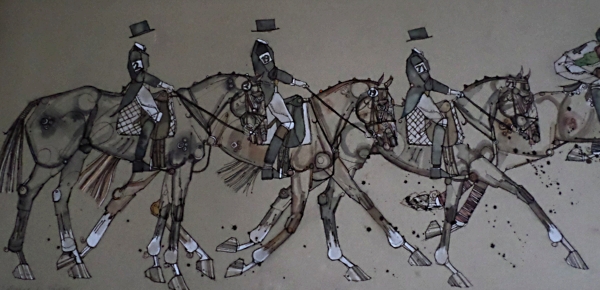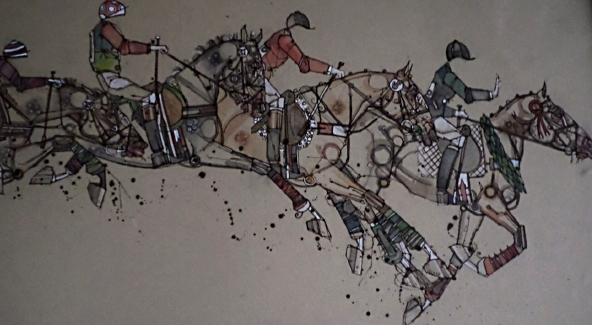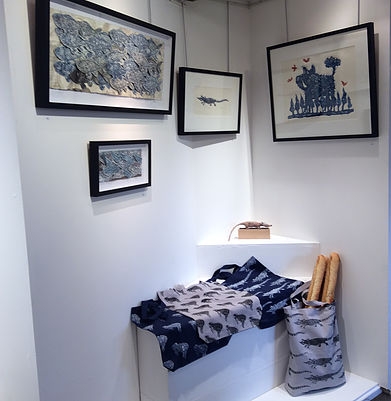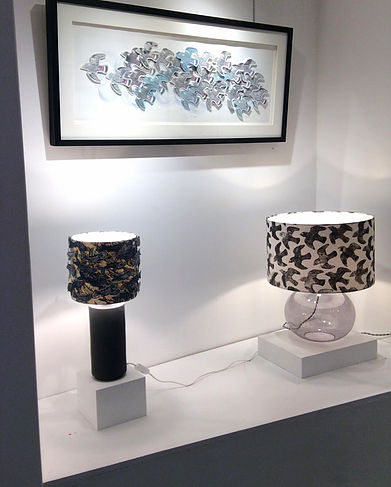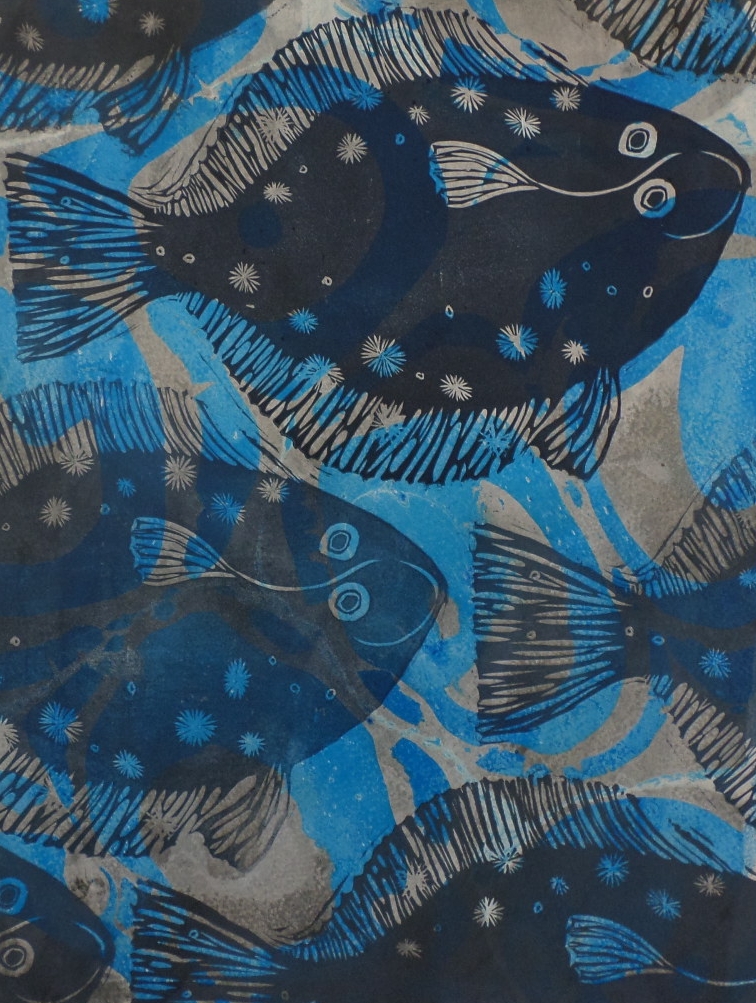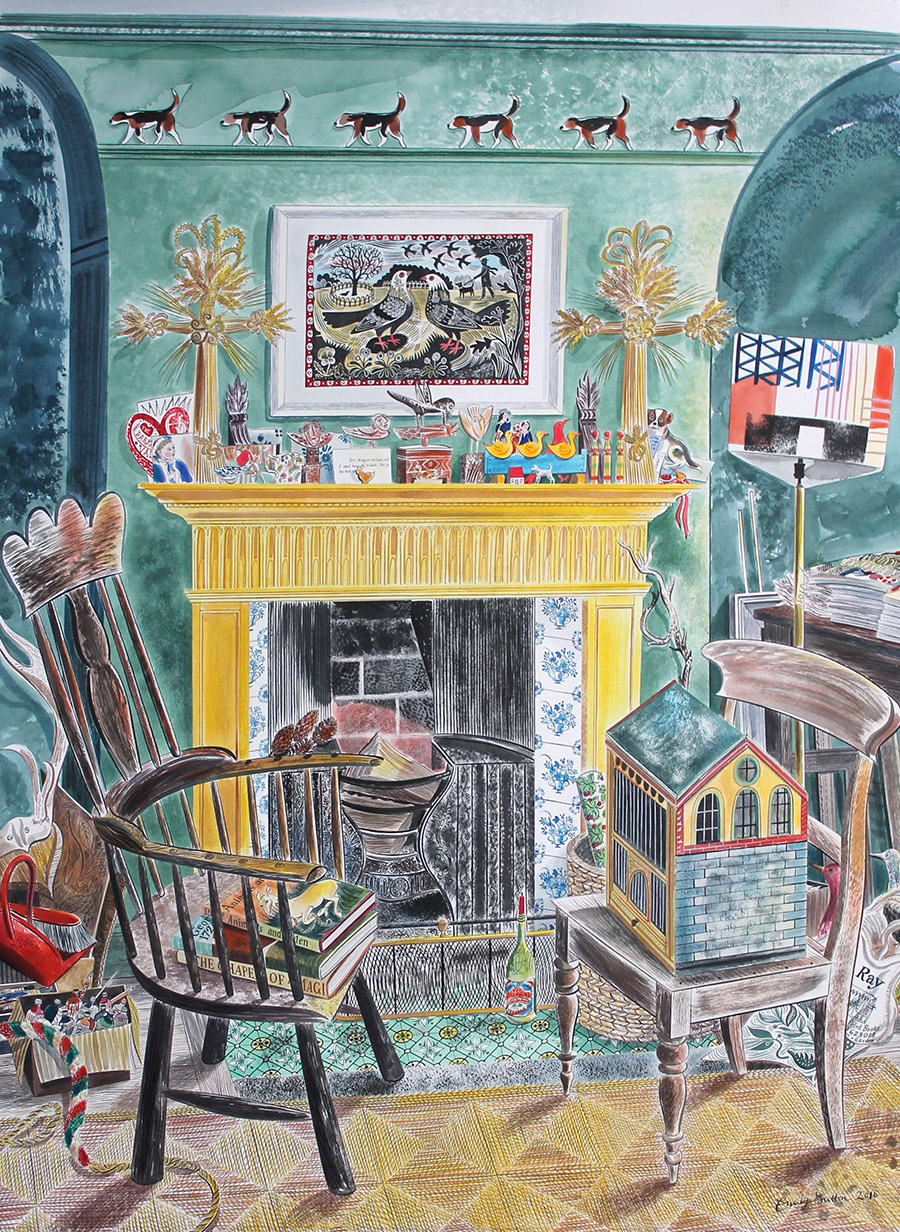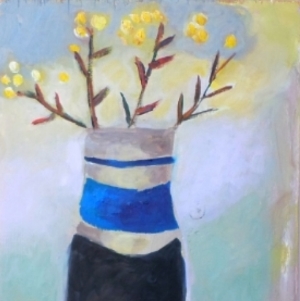"It's fairly easy to discover how writers like George Orwell or WH Auden or Laurie Lee reacted to the Spanish crisis, and I have to say that 'As I walked out one Midsummer Morning' by Laurie Lee has to be one of my favourite reads. But what Britain's painters and sculptors did is less well known."
The people of London were troubled by the growing tension in Europe in the run up to World War II in the late 1930s, British artists reacted to the Spanish Civil War and the great crisis in European politics in the period before World War Two.The artists mostly supported the Republican side, which had been ejected from power by General Franco. Most of the artists are now dead and indeed the youngest - Ursula McCannell - recently passed away but before she did she was interviewed about what she could recall of the Spain she encountered as a teenager in 1936
Ursula McCannell's paintings were inspired by the suffering she saw when her family visited Spain in the 1930s. McCannell was 13 at the time. Her father was Otway McCannell, a painter and teacher. As with many intellectual British families in the 1930s there was much discussion at home of the growing crisis in Madrid. She remembers her father worrying about the pressure the Republican government was under from the Nationalists under General Franco. Later in the war he would plot the two sides' changing fortunes on a big map of Spain, despairing as the Republicans lost control. Ursula recalled ,"Every Thursday we had Left Book Club meetings at our house and there would be people talking about Spain and politics. In truth, when we went to Torremolinos in 1936, it was partly to stay with a school friend. But I remember the suffering of the local people clearly. The sense of unease was obvious, even to a young person like me."
One of McCannell's paintings from this period is Family of Beggars. "I didn't paint or sketch in Torremolinos, which in those days was just a sleepy little village and totally unlike how it is now. I started the paintings when we got back to England. There were quite a lot of them but I sold some. In fact the beggars were outside the cathedral at Malaga. They were a pathetic sight but my parents thought I ought to see everything.When we got back I was interviewed by newspapers including the Daily Mail. They were fascinated that a 13-year-old had painted pictures of the Spanish poor. I wasn't painting the conflict as such, but they said I'd portrayed the suffering of refugees well. You couldn't help being moved." McCannell was among the last artistic witnesses to the crisis of Spanish politics in the 1930s.
The visit to Spain just before the Spanish Civil War and the experience had a profound and continuing effect on her work.Themes that she developed at this time, the atmosphere of unease and the depiction of people at the edge of society remained with her for ever. The influence of Spain continued during the 1960's and 70's when her family took their holidays in Cadaques , in Northern Spain. Cadaques was a beautiful village on the Catalan coast where Picasso spent a summer in 1910 and it was where Dali, Duchamp and Man Ray all had homes. McCannell painted the older inhabitants of the village , who had survived life in body but not spirit, the textures of the old plastered walls and the peeling whitewash paint textures that are mirrored in the haunted faces and twisted hands of the village dwellers.
McCannell continued to paint in Spain when in 1963 together with her husband she purchased a house in Cadaques. The influence of this country on her work was always there in her work and gives it a unique feel. It was while painting in Spain at this time that she started to explore new ways of applying paint and I was lucky to recently view one of these works where sand had been mixed with the oil to give a unique texture.Unfortunately, it is now often found to have been subject to a degree of paint loss. All this said the work I examined was 18 x 12 inch and depicted the Farm House near their home in Cadaques, a lovely image that made a very healthy sum even at a small provincial auction, confirming that her work is still very popular and indeed the hardest thing is finding one available to purchase.In 2016 a retrospective exhibition of works by Ursula McCannell took place at the Fosse Gallery in Stow-on-the-Wold where there were around 30 works, mostly oil on canvas apart from a small selection of drawings, dating from the 1980s and 1990s with some available to purchase, prices range from £950 for the drawings and up to £15,000 for the oils.
We are very pleased to be able to offer the fabulous work that we currently have from the RA Summer exhibition of 1977.


